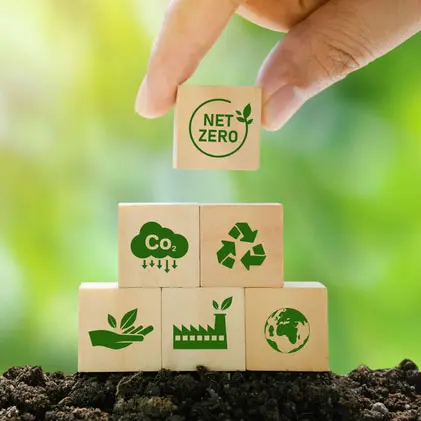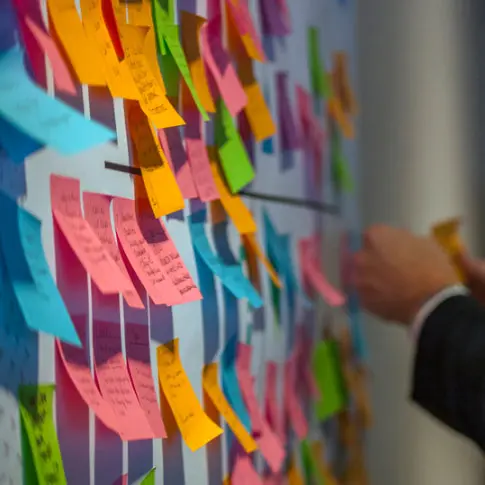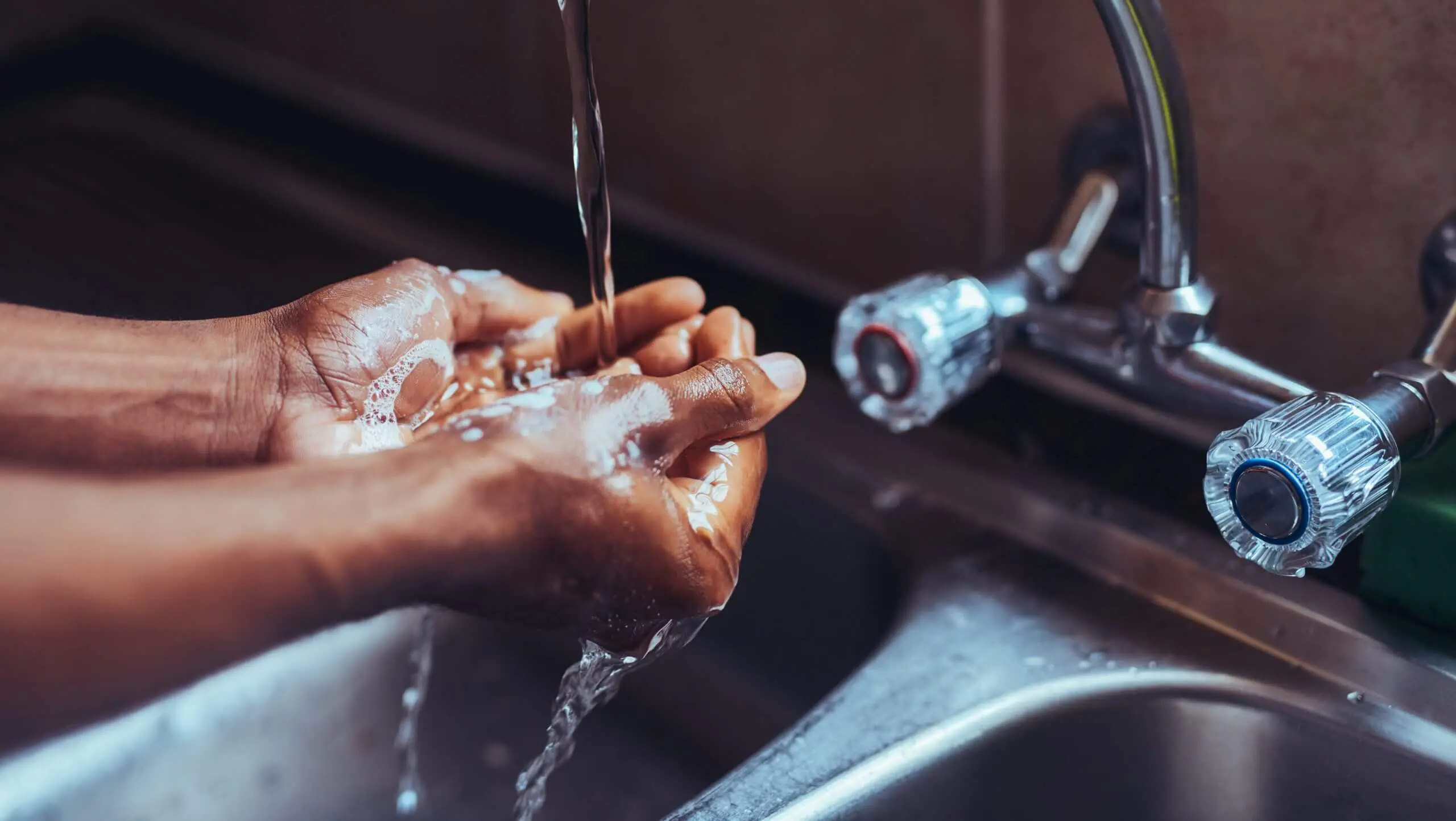This blog post is part of a WRF-funded project on innovations in utility water and wastewater affability efforts. This project is led by the Pacific Institute in partnership with CIS, UCLA Luskin Center for Innovation, and UNC Environmental Finance Center.
By Margo Davis (CIS), Sri Vedachalam, Ph.D. (CIS), Christine Curtis, Ph.D. (Pacific Institute) and Morgan Shimabuku (Pacific Institute)
Date: March 12, 2024
Key Takeaways
- Communications and outreach are crucial for increasing participation in utility water and wastewater affordability or assistance programs.
- Technology offers new avenues for outreach, enhancing the ability to target specific customers. However, traditional methods, such as bill inserts, continue to remain highly effective in reaching a broad customer base.
- Collaborating with community-based organizations is a strategic approach to improve outreach.
- Participation in local events that intersect with other community initiatives is an effective way to engage customers, build trust, and educate and enroll customers in affordability programs.
- Utilities have observed significant improvements in affordability program enrollment when materials are made accessible in multiple languages.
- Utilities are working to reduce the stigma associated with affordability programs, such as by changing their terminology from “low income” customers to “income qualified” customers.
The Project
The Pacific Institute, CIS, the University of California Los Angeles (UCLA) Luskin Center for Innovation, and the University of North Carolina (UNC) Environmental Finance Center are collaborating on The Water Research Foundation (WRF) project 5179, Feasibility and Applicability of Emerging Utility-Led Innovations in Addressing Affordability, which aims to document emerging innovations and strategies for advancing utility-driven affordability efforts.
In November 2023, we convened a workshop with 23 water professionals from 17 organizations[1] to discuss communications and outreach tactics for water and wastewater (“water”) affordability or assistance programs. Participating organizations included 11 water and/or wastewater utilities, four national (U.S.) nonprofit agencies, one community-based organization, and one water-focused communications nonprofit.
The virtual workshop included breakout groups to foster conversation and ensure all participants’ experiences were incorporated. Participants shared numerous ideas to improve communications and outreach based on lessons learned from their own experiences.
This blog provides a short discussion of some of the key insights from the workshop, which is the first in a series of four workshops and accompanying blogs. The findings discussed here and in other workshops will be further analyzed and included in a final report published by WRF, anticipated in Spring 2025.
Water and Wastewater Affordability Challenge
Even before the COVID-19 crisis, customer affordability was a serious national challenge in the United State for the water and wastewater sector due to economic pressure on household budgets and steadily rising utility rates. By 2022, an estimated 10 percent of U.S. households faced affordability concerns, spending 4.5 percent or more of their annual household income on water utility bills (Cardoso and Wichman 2022). Despite a well-documented need, enrollment in customer assistance or affordability plans varies widely and tends to be lower than enrollment in other social safety net programs like Medicaid or SNAP. The primary federal energy utility safety net program, Low Income Home Energy Assistance Program (LIHEAP), also reports low participation rates, though participation rates in LIHEAP can be influenced by funding availability (Macartney and Ghertner 2021). Improved outreach and engagement with customers may help increase participation in water customer assistance and affordability programs.
It is important to note that smaller utilities with limited staff and resources may not have affordability programming at all or may lack capacity to implement the strategies highlighted below. A theme that emerged from the workshop was that dedicating resources, such as hiring additional staff or building a new team specific to affordability outreach efforts can dramatically affect success. However, smaller utilities may not be able to devote any or as much staff time to these activities. The utilities participating in the workshop would all be considered “very large” by EPA drinking water regulations (wastewater utilities do not have the same type of size classifications). However, for the purposes of discussion in this blog, utilities serving populations less than 500,000 are deemed “midsize utilities” while those serving greater than 500,000 are designated “large utilities.”
[1] Organizations that participated in the workshop were: the Alameda County Water District, Alliance for Water Efficiency, City of Durham, City of Westminster, East Bay Municipal Utility District, Hampton Roads Sanitation District, Long Beach Utilities, National Association of Clean Water Agencies, National Association of State Utility Consumer Advocates, National Consumer Law Center, Pinellas County, Salt Lake City Department of Public Works, San Antonio Water System, Seattle Public Utilities, San Francisco Public Utilities Commission, the Water Collaborative, and Water Hub.

Workshop participants each shared two words that they connected with water and affordability
How has technology been used to enhance outreach efforts?
Targeting customers: Advances in technology and improved data availability can allow utilities to target customers for affordability program outreach through use of GIS, Census data, utility databases, environmental justice maps, and other information sources. While many participants reported anecdotal positive outputs from leveraging available data to reach customers, one large utility noted that the initial effort to integrate data was not successful because utility staff responsible for outreach did not update or use the data model. This highlights the need for an integrated approach that is adopted across departments to enable the effective use of the data.
Social media: Several participants noted the use of social media as a means to reach customers, though some acknowledged the limited ability to generate followers. Utilities should not assume that their customer base follows them on social media. However, it can be used to reach those who do. One participant emphasized the need to create non-programmatic, engaging content to gain followers. A mid-sized utility that uses scheduled social media posts and social media for emergency notifications noted that reposting relevant and interesting outside content, such as a TikTok from an employee’s personal account, can drive engagement with the utility’s social media.
Text messaging: While some utilities are using text messaging to reach their customers, others pointed to logistical or regulatory challenges that deterred them from this approach. Two participants from nonprofit organizations highlighted text messaging as a promising way to reach customers, and two utilities indicated that they have used or will be using texting to communicate project updates or customer account status. However, concerns about opt-in requirements and logistical challenges, such as IT system changes, hinder widespread adoption.
How can utilities work with community-based organizations to advance engagement?
Partnerships: Many utilities partner with community-based organizations to promote affordability or assistance programs. This partnership can take multiple forms, such as working with local groups to share information about water affordability or assistance programs along with other services that are available in the community. Community resources like food banks, tax preparation groups, or shelters were identified as opportunities to collaborate with existing community groups. In some cases, the partnership may extend further to include contracting with a local community-based organization to implement the program.
Collaborating with community groups can add an approachable and trusted aspect to utility outreach efforts, as they understand local challenges. A mid-sized utility employee, however, pointed out that engagement with community-based organizations may be challenging for utilities with capacity limitations. Building and maintaining connections with community organizations takes an investment of time, among other factors, to be successful.
What types of events are used by utilities in their engagement approaches? Have they been successful?
Wide range of events: Utilities participating in the workshop described a wide range of events they have hosted or joined in their communities. In-person contact, frequently cited as important in enrolling people in health insurance under the Affordable Care Act (Clements et al. 2017), may similarly facilitate enrollment in water affordability or assistance programs. Beyond affordability-specific events, broader community events to gain visibility and build trust were mentioned by multiple participants. Examples include wastewater facility tours, back to school events, or “touch-a-truck” events to learn about the utility’s ongoing efforts and construction projects.
Events with intersectionality: Many utilities have designed events specifically to promote enrollment in affordability programs. Participants noted that hosting or attending events with intersectionality (i.e., events that overlap with other community initiatives) can increase the success of the event. Utilities noted that outreach at food distribution events, family resource centers, or utility resource summits (with other utilities and human service providers), where intended customers will already be present, may make events more effective. When the intersectionality element was missing, events were reported as less successful.
Are bill inserts worthwhile?
Inserts as a foundation: Bill inserts are far from a new approach, and they are perceived by some as an antiquated method for communications and outreach. However, one mid-sized utility and one large utility that track engagement with different outreach methods both found that inserts in bills remain among the most effective ways to reach customers. The large utility specifically noted full-page, color inserts in bills, like the one shown in the image below, were very successful.
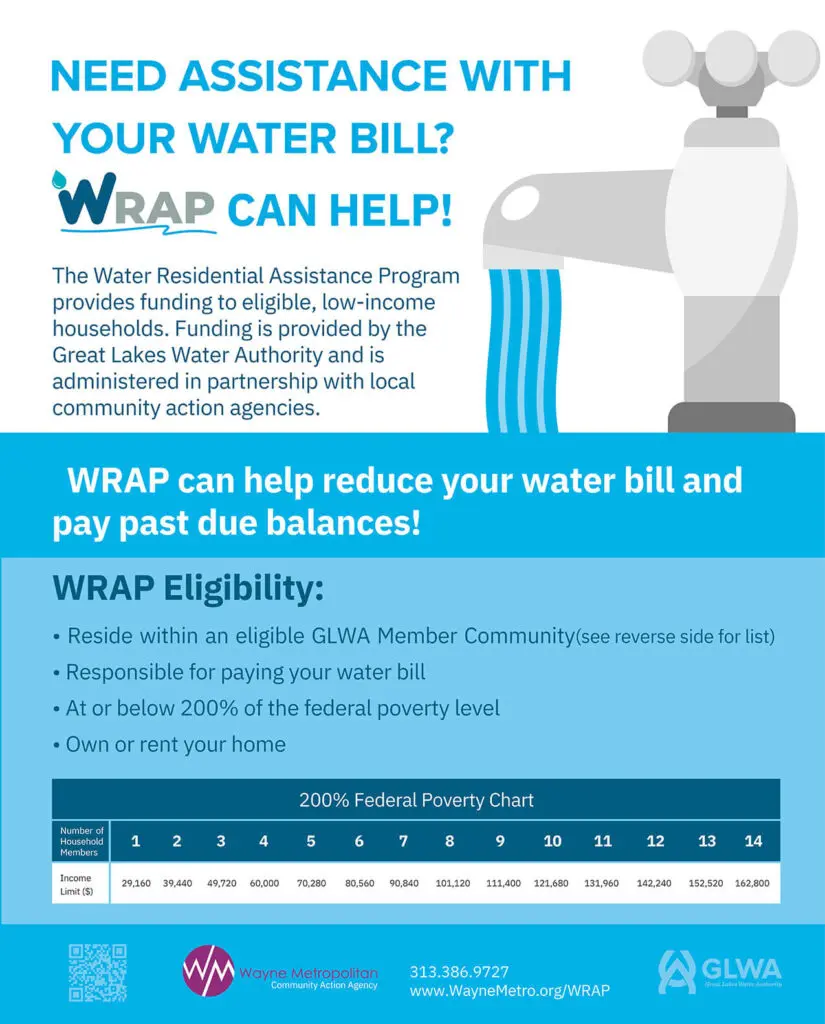
Example of a bill insert for assistance program outreach (Water Residential Assistance Program, Great Lakes Water Authority).
How can utilities support customers across multiple languages?
Translation of outreach materials: Effective translation of outreach materials is crucial for engaging utility customers when language is a barrier. Two utilities, one mid-sized and one large, pointed to improvements in their translation services as a key element of increased participation. Both had existing translations available but noted some deficiencies. The mid-sized utility updated their Spanish materials to match the content of the English materials and saw a 400% increase in enrollment in their affordability program since 2018 (though this cannot be attributed to the improved translation services alone).
Translation of web pages: The large utility had applications available in many languages and initially thought this would be sufficient to meet the needs of their customers with limited English proficiency. After not receiving many applications in these languages, they professionally translated web pages to accompany and host the in-language applications, resulting in a 250% increase in total applications, including an 800% increase in Chinese language applications and a 50% increase in Spanish language applications. Similar to the mid-sized utility, it is not clear precisely how much of this success can be attributed solely to expanded availability of in-language materials, but it appears to be a key component of their increased applications.
Other participants also emphasized the importance of comprehensive translation availability. A nonprofit organization employee noted that having Spanish-speaking staff distributing the Spanish flyers could allow for direct engagement at that time instead of requiring a separate follow up.
How does stigma affect enrollment, and what can utilities do about it?
Approachable terminology: The stigma associated with receiving assistance – due to self-identity or perception (internalized stigma) and/or the anticipation of negative treatment (anticipated stigma) – have been documented as a factor in the participation gap of social safety net programs (Stuber and Schlesinger 2006; Lasky-Fink and Linos 2022).Several participants shared their efforts to make messaging more accessible and approachable to customers. This includes adjusting the content in outreach materials themselves to broader changes that make the program verbiage more community centric. Shifting the terminology from “low income” customers to “income qualified” customers or using “neighbors” instead of “customers” can also help reduce stigma and build empathy into the program, which may foster increased participation. A large utility further described their steps to build a story around affordability designed to make neighbors feel more comfortable in approaching the utility through the affordability program.
Conclusion and Next Steps
This workshop identified various innovative communications and outreach strategies, while also highlighting challenges faced by utilities that are seeking to grow the reach of their water affordability and assistance programs.
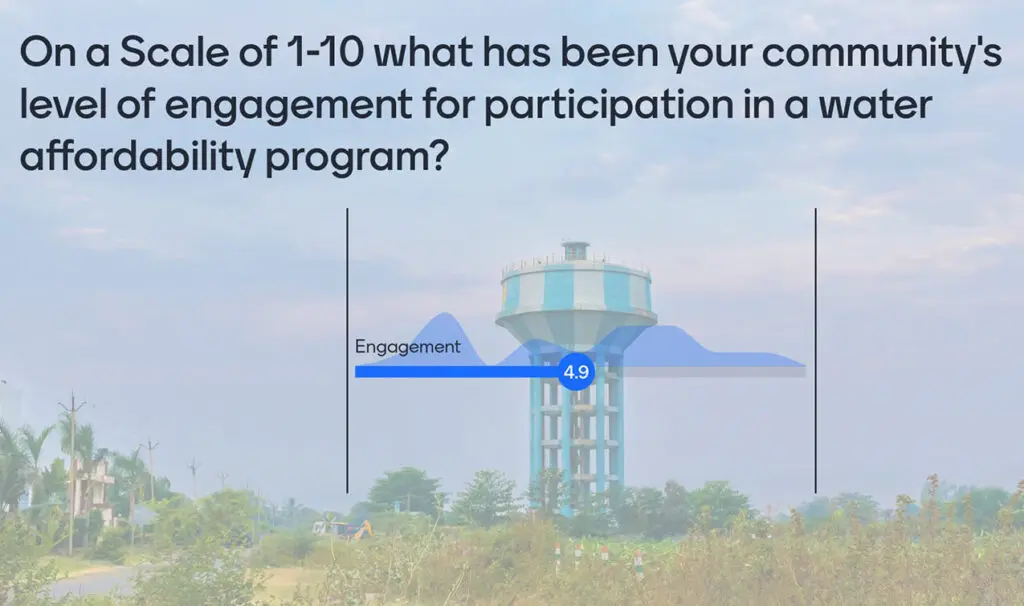
Workshop participants ranked engagement in their own affordability programs at 4.9 out of 10.
Participants largely reported there is considerable room for improvement in engagement and participation in water affordability programs. Although each community is different, successful ideas from some communities could be applied in others to better engage customers and ensure the benefits reach the intended customers.
The second workshop was held in March 2024 and focused on messaging the need for meaningful affordability assistance to utility leadership, community decision-makers, and the public to increase support for these programs.

